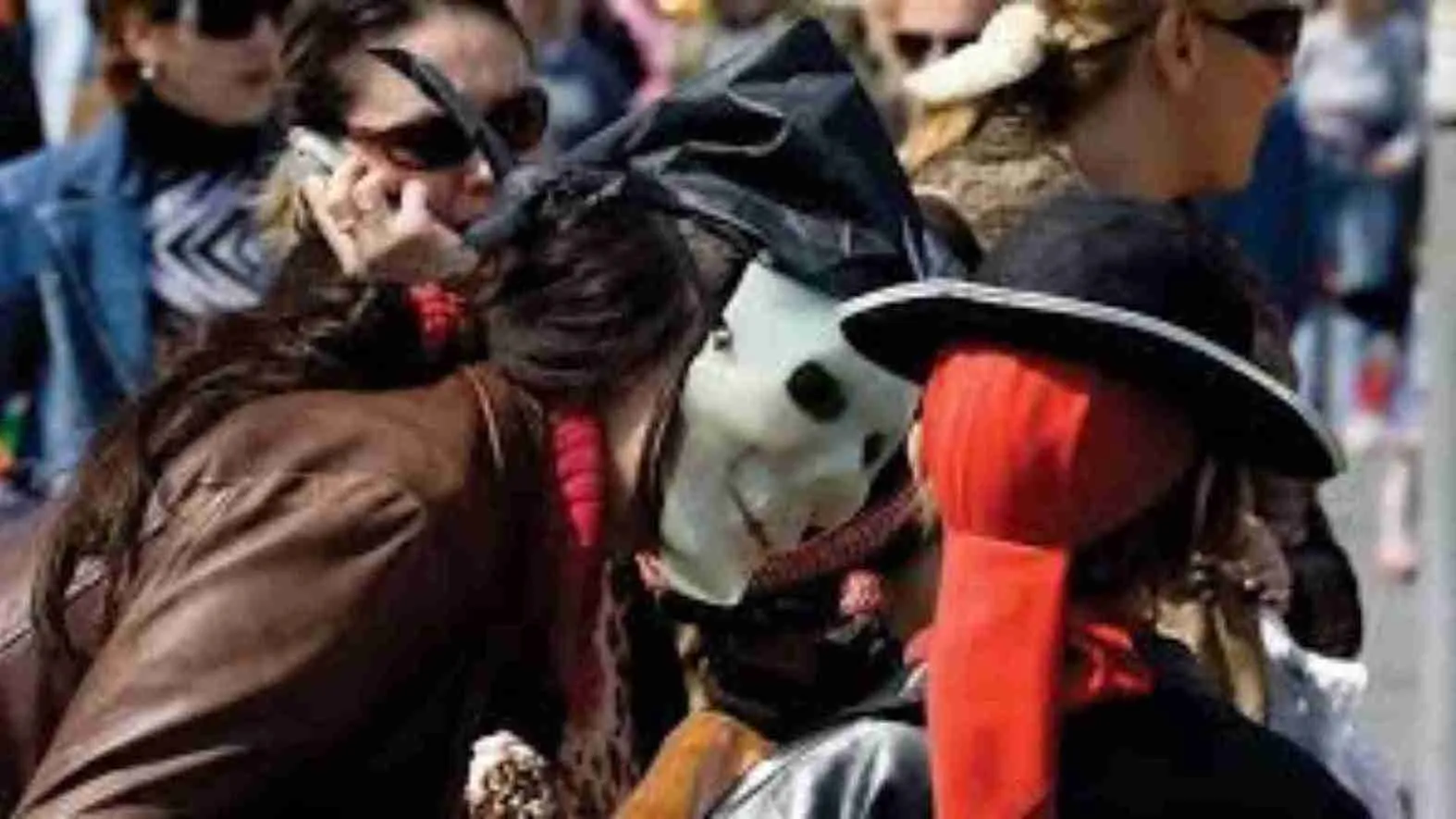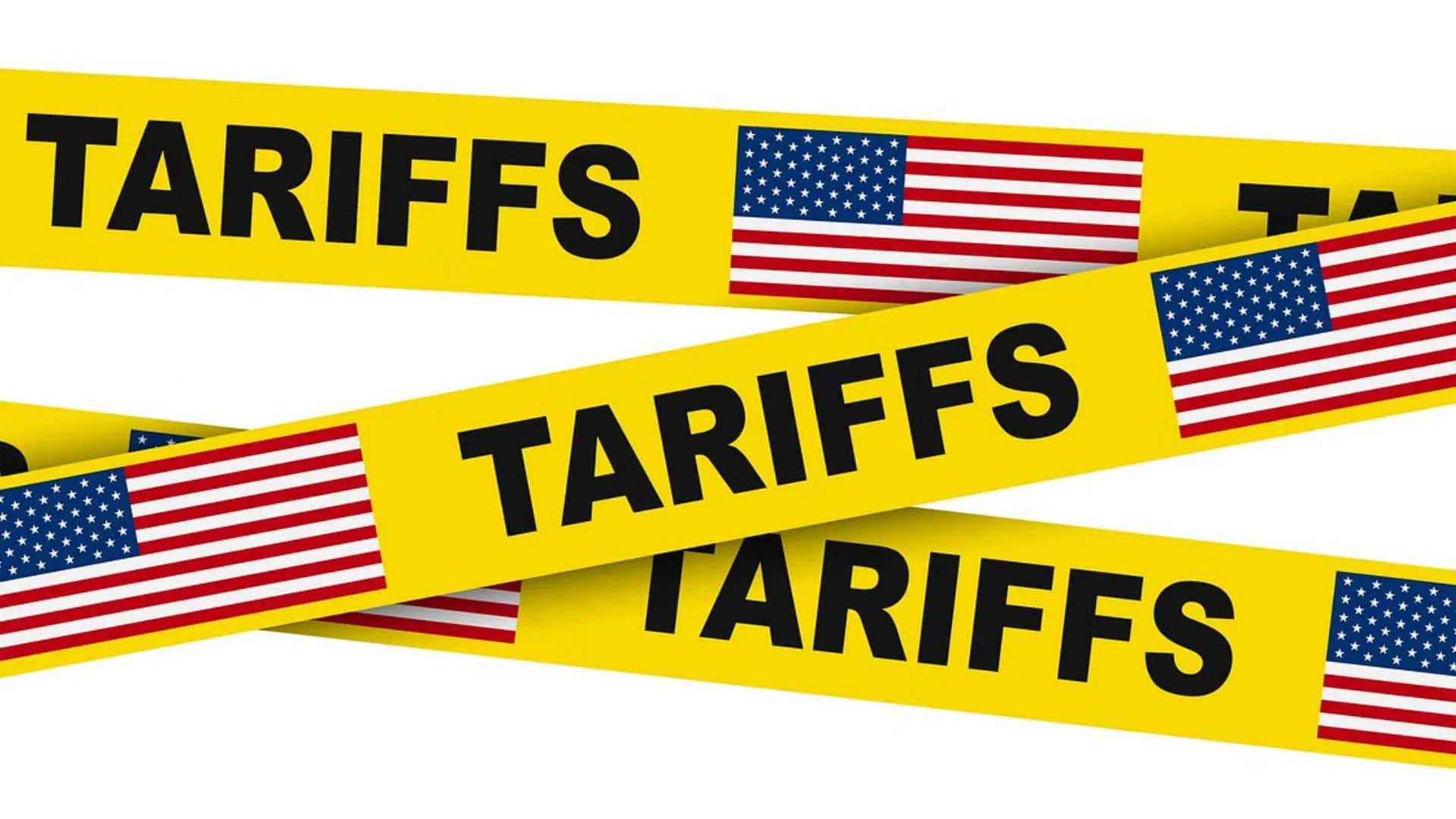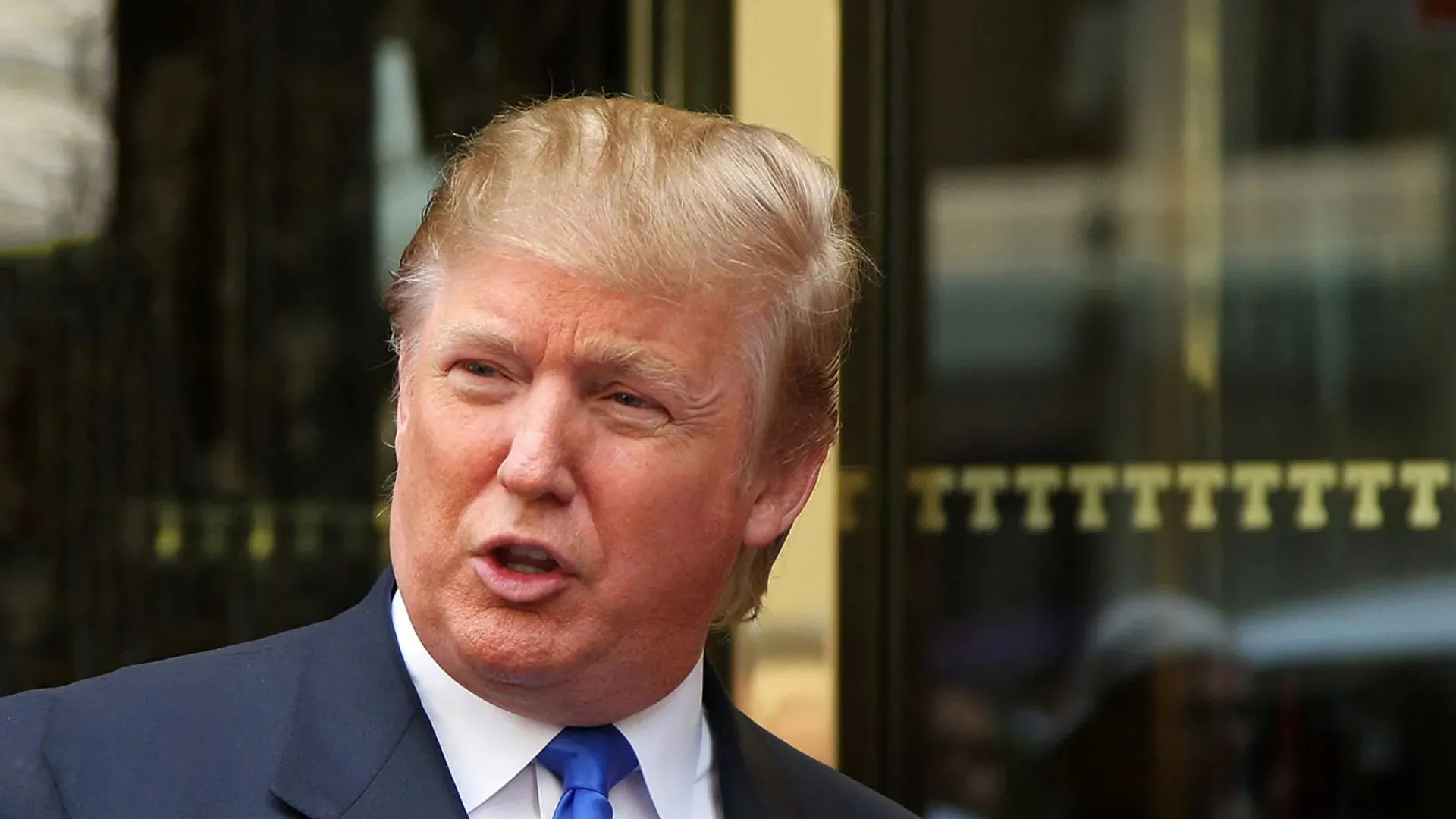As April 1 rolls around, it’s the perfect time to anticipate the playful pranks and tricks your family and friends might pull on you, while you also consider playing a trick of your own. From silly personal pranks to brand advertisements, April Fools’ Day brings out the humor in everyone.
But have you ever wondered where this quirky tradition of pranking originated? Let’s dive into the history behind this fun-filled day of jokes and laughter.
The Origin of April Fools’ Day
The exact origin of April Fools’ Day remains unclear, but historians have explored a few theories. Some believe the first reference to pranks on April 1 came from English poet Geoffrey Chaucer in the 14th century. In one of his works, a fox tricks a rooster, mentioning “32 days since March began,” which some interpret as referring to April 1.
Other scholars tie the origins of April Fools’ Day to ancient Roman festivities, specifically the “Hilaria” festival, which celebrated joy and involved people dressing in disguises and pranking one another.
Many also believe the tradition emerged in France and the Netherlands during the 1500s, particularly after France adopted the Gregorian calendar in 1582, changing the new year from April 1 to January 1. People who continued celebrating the new year on April 1 were ridiculed as “April Fools,” leading to jokes and pranks. In France, this developed into the tradition of sticking a paper fish on someone’s back, calling them “poisson d’avril” or “April fish.”
Famous Pranks and Hoaxes
Over the years, the tradition of April Fools’ Day has evolved, with media outlets and brands joining in on the fun. One of the most famous pranks was the 1957 BBC broadcast about “spaghetti trees” in Switzerland. The story claimed that Swiss farmers were harvesting spaghetti from trees, and the broadcaster received a flood of calls from viewers eager to learn how they could grow their own spaghetti trees.
In 1992, NPR pulled a prank by airing a story about Richard Nixon announcing his candidacy for U.S. president again. Another iconic hoax was Taco Bell’s 1996 April Fools’ joke, when it claimed to have purchased Philadelphia’s Liberty Bell and planned to rebrand it as the “Taco Liberty Bell.”
Brands have since embraced this tradition of “prankvertising,” with Burger King’s “Chocolate Whopper” and Subway’s “subdog” becoming memorable pranks in the marketing world.
April Fools’ Day Around the World
Beyond the pranks, April Fools’ Day is celebrated with humor and enthusiasm globally. In Russia, for example, clowns and mimes parade through the streets of Saint Petersburg. This day has become a global celebration of humor, mischief, and lighthearted fun.
So, whether you’re planning to trick your friends, family, or even engage in some clever marketing, April 1 is the perfect day to enjoy harmless jokes and spread laughter. After all, it’s all in good fun!
Are You Ready to Prank?
Now that you know the history behind April Fools’ Day, the real question is: What prank will you play on your loved ones today? Get creative and enjoy the day of laughs and surprises.























